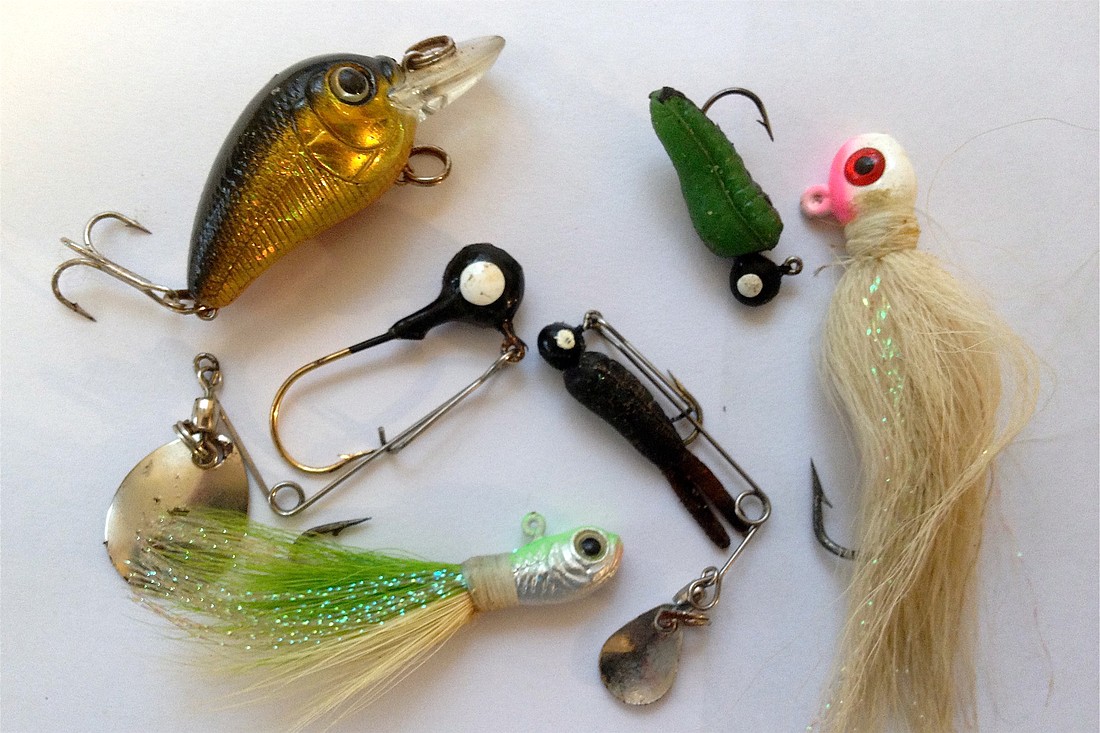- May 2, 2024
-
-
Loading

Loading

If there’s a close second to bass-fishing fanaticism in the freshwater fishing world, it must be crappie-fishing craziness.
Crappie (and it’s pronounced “CROP-pie,” potty mouth) aren’t very big fish — the state record, according to the Florida Fish and Wildlife Conservation Committee's website, is 3.83 pounds, and most crappie are closer to one pound — but they have a heck of a big following.
And much of that following, it seems, streams down to Flagler County each spring for crappie fishing out on Dead Lake and Crescent Lake, both known to hold monster specimens.
Want to join them and wet a line for this tasty table-fare fish? Here are some pointers.
Rigging up
Most folks go for crappie on spinning tackle with a four- to eight-pound line, which makes it easy to feel a bite but more of a challenge to fight these scrappy, little fish.
A heavier leader of 15 or 20-pound test line might be required if you’re fishing the heavy submerged brush piles these fish often hang out around. And, of course, a small sinker above a light lure will make casting easier.
If you’re fishing with lures, jigs are a popular way to go. Sizes and colors? Take your pick.
Crappie jigs range from .0125 to .125 of an ounce, with most folks — and, it seems, the fish — preferring something in the middle.
Crappies’ color preferences seem to change by the minute, so ardent crappie fishermen tend to keep a range and try different ones until the hits start coming.
Spinners, lures that spin and vibrate in the water, can help bring in the fish in dark or muddy water where even a bright jig might go unnoticed by a hungry crappie.
If you’re using live bait, insects are a popular choice. Crappie go for crickets, and earthworms can draw a bite, too. For larger fish, try small shiners.
Reelin’ ‘em in
Like other freshwater fish, crappie tend to hang out around cover, but crappie will also venture out into more open water to feed. Spring crappie are often found in weed beds or near blowdowns near the shore. On cold days, the fish tend to hold deeper.
These fish are members of the sunfish family, and like their relatives, aren’t the pickiest eaters. But be careful when you set the hook: Crappie are also known as “paper-mouths” for good reason.
Too energetic a hook set will leave an empty hook and an injured fish.
Where to go
Crescent Lake and Dead Lake are the county’s most popular crappie-fishing spots.
Bull Creek Campground on Dead Lake is a popular put-in spot, drawing crappie fishermen from around the country in February through April, when the fish spawn. Dead Lake connects to Crescent Lake.
The county-run campground, at the west end of County Road 2006, has bathrooms and showers, a concrete boat ramp and a bait shop.The ramp is open 24 hours a day, and a restaurant on site is slated to open in April.
Another public boat launch site, called Shell Bluff, is further west, off State Road 100 on Shell Bluff Road. (Look for the county’s white “Shell Bluff” sign on the south side of State Road 100.) The Shell Bluff boat ramp is directly on Crescent Lake. The Shell Bluff ramp is open from 6 a.m. to 8 p.m.
A fishing license is required in Florida. To buy one, CLICK HERE.